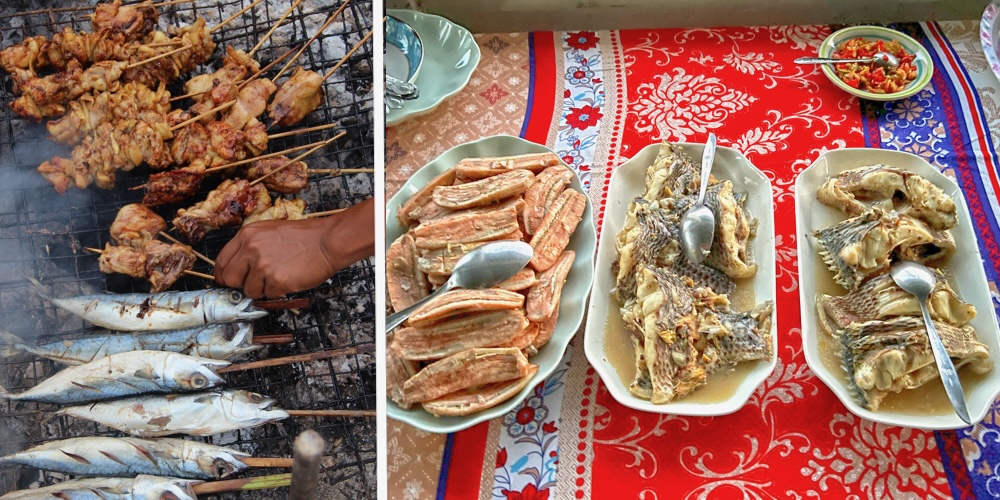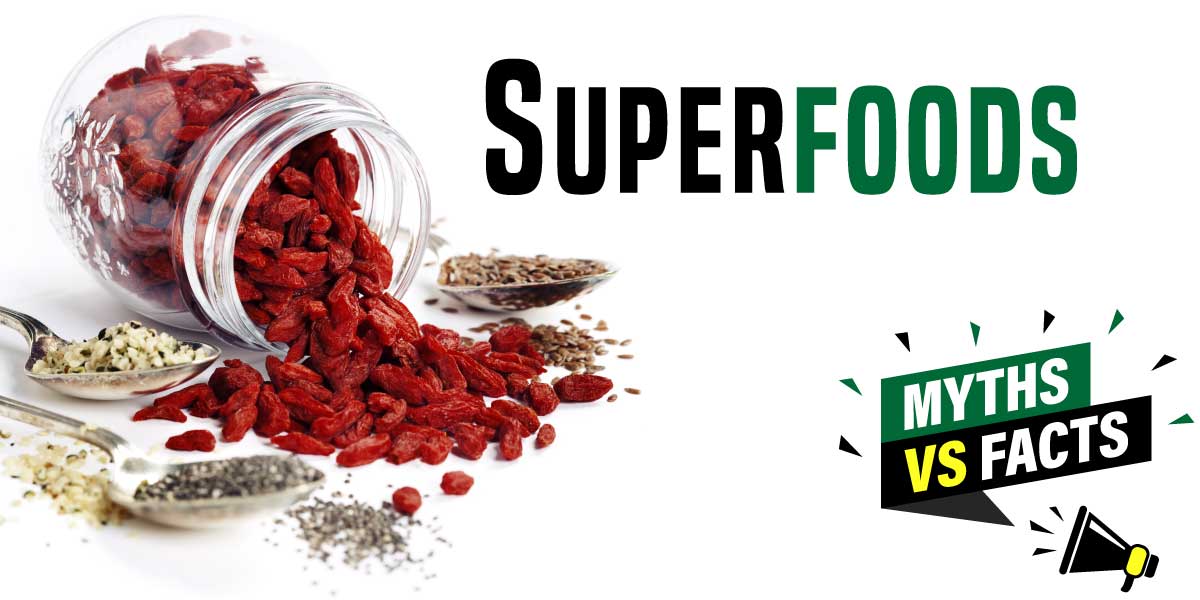Food is far more than nourishment — it is a reflection of culture, geography, and history. Across centuries, communities around the world developed traditional diets based on what nature provided locally and what their bodies needed to survive and thrive. These diets were not designed in laboratories or marketing campaigns; they evolved naturally through experience, environment, and wisdom passed from generation to generation.
Today, as modern lifestyles have shifted toward fast food and processed meals, traditional diets have become a source of rediscovery for health experts. Many of these ancient eating patterns are now being studied for their scientifically proven health benefits, from lowering chronic disease risks to promoting longevity. Understanding these traditional diets and their modern impact helps us appreciate how returning to simpler, more natural ways of eating can improve well-being.
The Essence of Traditional Diets
Traditional diets emphasize whole, unprocessed foods, moderate portions, and balance — both nutritionally and culturally. They typically include:
- Seasonal fruits and vegetables
- Whole grains and legumes
- Healthy fats from natural sources
- Minimal refined sugar and preservatives
- Eating patterns linked with community and mindfulness
These diets evolved not just to nourish the body, but also to align with environmental sustainability and social connection, both key factors in overall health.
The Mediterranean Diet: Heart Health and Longevity
The Mediterranean diet, originating from Greece, Italy, and coastal regions of Spain and southern France, is one of the most studied and praised traditional diets in the world. It focuses on olive oil, fish, vegetables, nuts, legumes, and moderate wine consumption.
Research consistently links this diet with:
- Reduced risk of cardiovascular disease
- Lower cholesterol levels
- Improved brain function and memory
- Greater longevity
Its success lies in its balance — rich in monounsaturated fats, fiber, and antioxidants — and its social aspect, as meals are often shared slowly among family and friends, promoting both emotional and physical health.
The Japanese Diet: Harmony, Freshness, and Longevity
Japan, particularly Okinawa, is famous for its population of long-living elders. The traditional Japanese diet emphasizes rice, fish, tofu, vegetables, seaweed, and green tea, with minimal red meat and sugar.
Psychologically and culturally, this diet follows the principle of hara hachi bu — eating until you are 80% full. This moderation prevents overeating and promotes digestion.
Studies show that the Japanese diet contributes to:
- Low obesity and heart disease rates
- Healthy gut microbiome
- Longevity and mental clarity
Its focus on freshness, portion control, and seasonal foods makes it one of the healthiest eating traditions in the world.
The South Asian Diet: Spices, Balance, and Healing
South Asia’s diverse cuisines — including Indian, Pakistani, Nepali, and Sri Lankan — form a traditional diet rich in grains, lentils, vegetables, yogurt, and spices such as turmeric, ginger, cumin, and coriander.
While the modern version can be heavy in fried foods, the authentic traditional South Asian diet emphasizes home-cooked meals, fermented foods, and plant-based proteins.
Turmeric’s active compound, curcumin, has powerful anti-inflammatory and antioxidant effects, while lentils and whole grains provide steady energy.
When practiced in moderation, the South Asian diet promotes:
- Improved digestion and metabolism
- Strong immunity
- Reduced inflammation and joint pain
This diet reflects the Ayurvedic principle of balancing body energies (doshas) — showing that health begins with mindful eating.
The Nordic Diet: Simplicity and Sustainability
Originating from Scandinavian countries like Denmark, Sweden, and Norway, the Nordic diet emphasizes locally sourced and seasonal foods such as root vegetables, berries, whole grains (especially rye and oats), fatty fish, and canola oil.
Like the Mediterranean diet, it promotes heart health but with northern ingredients. Research indicates that the Nordic diet helps with:
- Weight management
- Lower blood pressure
- Better insulin sensitivity
Its emphasis on natural produce and eco-friendly farming has made it a model of sustainable nutrition for modern times.
The African Traditional Diet: Natural, Diverse, and Nutrient-Rich
Africa’s vast cultural and ecological diversity has given rise to multiple traditional diets that focus on grains like millet, sorghum, maize, tubers like yam and cassava, and vegetables with minimal processing.
Traditional African diets are naturally high in fiber, plant proteins, and micronutrients. Communities often prepare food through boiling, fermenting, or roasting — methods that preserve nutrients and flavor.
Recent research suggests that traditional African diets protect against:
- Diabetes and cardiovascular diseases
- Obesity and metabolic syndrome
- Nutritional deficiencies
Their strength lies in their variety and reliance on unprocessed plant-based foods, making them a model for modern preventive nutrition.
The Latin American Diet: Vibrant and Plant-Centered
From Mexico to Brazil, Latin American traditional diets are rich in beans, corn, rice, fruits, and vegetables. Staples like avocado, chili, and lime add not just flavor but essential nutrients.
One of the key traditional foods, beans, provides a sustainable protein source that supports gut and heart health. The Latin American plate — colorful, plant-forward, and nutrient-dense — aligns with modern diet recommendations.
This diet helps reduce:
- Risk of chronic inflammation
- High cholesterol
- Nutrient imbalance
Its festive and social eating culture also strengthens emotional well-being and community ties.
Comparative Overview of Traditional Diets
| Region | Key Components | Health Benefits | Modern Relevance |
|---|---|---|---|
| Mediterranean | Olive oil, fish, vegetables, nuts | Heart health, longevity | Widely adapted worldwide |
| Japanese | Rice, fish, tofu, seaweed | Longevity, low obesity | Promotes portion control |
| South Asian | Lentils, spices, yogurt | Anti-inflammatory, digestive health | Encourages plant-based meals |
| Nordic | Rye, oats, fish, root vegetables | Weight control, heart health | Focus on sustainability |
| African | Millet, tubers, greens | Nutrient-rich, low chronic disease | Supports natural eating |
| Latin American | Beans, corn, fruits, avocados | Gut health, balanced energy | Affordable and nutritious |
Each diet provides unique cultural insights yet converges on similar principles — balance, freshness, and minimal processing.
The Modern Health Impact of Returning to Traditional Diets
In the age of fast food and sedentary living, the world faces rising rates of obesity, diabetes, and heart disease. Traditional diets offer a powerful antidote. They provide:
- Whole-food nutrition that stabilizes blood sugar and reduces inflammation.
- Cultural mindfulness that encourages slow, intentional eating.
- Environmental benefits through local, seasonal sourcing.
Modern nutrition science increasingly validates what traditional cultures always knew: that food should heal, not harm. By reintroducing ancestral eating habits — such as cooking from scratch, eating in moderation, and respecting seasonal rhythms — we can reclaim both physical and mental health.
Challenges in Preserving Traditional Diets
Despite their benefits, traditional diets face challenges from globalization and industrialization. Fast food chains, processed snacks, and changing work patterns have disrupted old food habits. Younger generations often view traditional foods as outdated or time-consuming to prepare.
Reviving these diets requires education, policy support, and cultural pride. Promoting local farming, culinary heritage, and traditional food festivals can help bridge the gap between past wisdom and present needs.
The Psychological and Cultural Connection to Food
Beyond nutrition, traditional diets nurture a sense of identity and belonging. Sharing family meals, preparing ancestral recipes, and celebrating food rituals strengthen emotional bonds. This social connection itself contributes to better mental health and resilience — something modern isolated eating often lacks.
Mindful eating, gratitude before meals, and community dining are practices embedded in traditional cultures that support holistic well-being — body, mind, and spirit.
FAQs
1. Are traditional diets always healthier than modern diets?
Generally, yes. Traditional diets are based on whole, minimally processed foods and balanced nutrition, though modern adaptations should reduce excessive oil, salt, or sugar often added today.
2. Can traditional diets fit into modern lifestyles?
Absolutely. By simplifying recipes, using local ingredients, and cooking in batches, traditional diets can be adapted to busy routines without losing authenticity.
3. Which traditional diet is considered best for long-term health?
Both Mediterranean and Japanese diets consistently rank highest for longevity and disease prevention, but the best diet depends on personal health needs, culture, and food availability.



